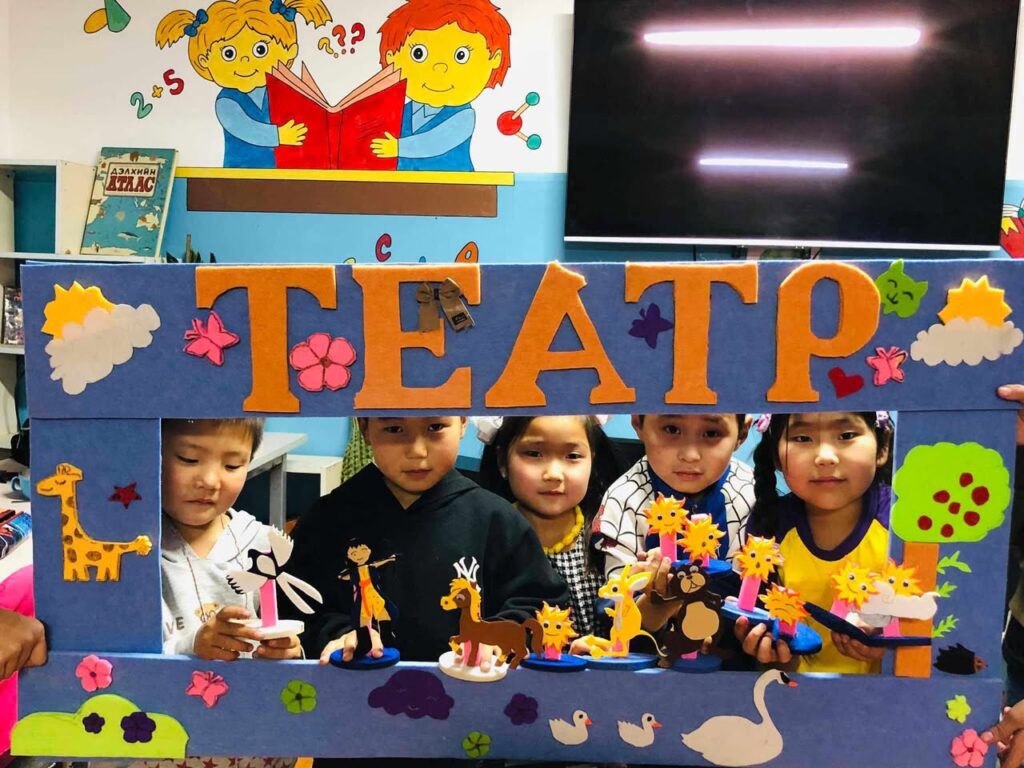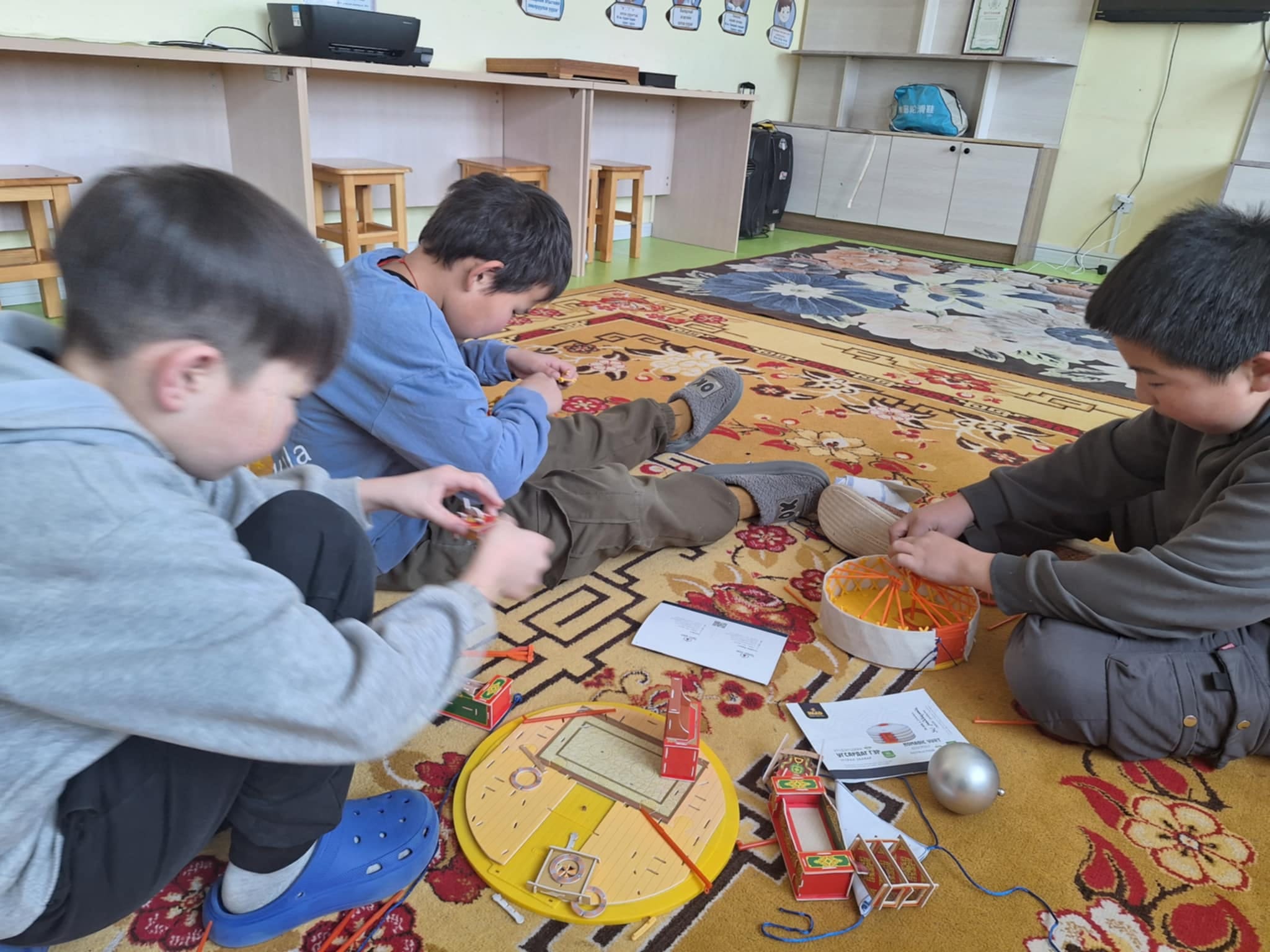
Dormitories as safe homes
How do you create a safe and nurturing home for children living far away from their families to go to school? The simple answer is that it’s about warmth, co-operation, professionalism, and a lot of local commitment
By: Johnny Baltzersen
Over the past year, over 50 micro-projects have been initiated, reading activities organised, regional workshops held and networks between dormitory teachers*) and local communities strengthened. The result is a better environment for the children and a growing community around their well-being and learning.
From institutional life to a sense of home
Life in a dormitory*) It can be overwhelming for children who leave home at the age of five or six. That’s why the school year kicked off with the ‘Dormitory – our home’ conference, where teachers, carers and healthcare professionals came together to develop a collaboration plan.
From there, the activities took off: Each week offered new creative elements, guided by the principle ‘Every day is different’. Children participated in cookery classes, sewing, chess, archery, and themed evenings—all while receiving individual support from adults who cared about their personal development.
Chefs offered ‘Little Chef’ courses, teachers organised conversation circles, and the school psychologist, doctor and social worker were integrated into daily dorm life. All with one goal: to create an everyday life where children feel safe and at home.
Learning at a child’s height – and a child’s pace
As dormitories become more child-friendly, small learning zones with music, games, stories and arts and crafts are established – all designed in collaboration with the children.
A special ‘support team’ consisting of students from the older classes has taken over responsibility for running and developing the centres. They distribute toys, advise on interior design and keep an eye on how the corners are used. It’s not just the adults who set the agenda here – the children are at the centre as active co-creators
Inspiration from colleagues: Good ideas travel far
An essential part of the project has been to identify and disseminate good practice. Across regions, dormitory teachers have shared experiences and methods. In Khovd, children performed short plays about dormitory life, while children in Khentii participated in ‘Welcome Home’ programmes for 6-year-olds. In Sukhbaatar, middle school students read fairy tales to the little ones, and in Arkhangai, traditional sewing and Mongolian clothes making were taught.
Initiatives like ‘Conversation Corner’ and ‘Whisper with Friends’ allowed children to express themselves and strengthen the community. And with morning gatherings, book clubs, and storytelling, literature and language became an integral part of everyday life.
Small projects – significant results
In 2024, the dormitory teachers were invited to develop micro-projects focused on children’s well-being and learning. And creativity knew no bounds: in 18 provinces, 52 projects were realised—from soap making and paper crafts to calligraphy and reading clubs.
Some projects worked to preserve and strengthen Mongolian traditions, while others focused on exploratory learning, independence, communication, or health. Children across age groups collaborated on tasks, shared knowledge, and developed new skills.
– ‘We see that children flourish when they are allowed to take ownership and be creative,’ says a dormitory teacher from Dornod. – It strengthens both their confidence and relationships.
Advocacy and community engagement
However, many of the challenges dormitories face cannot be solved alone. That’s why advocacy has become essential to the project’s third objective. Local teams have engaged parents, alumni, government officials, and businesses in concrete improvements.
For example, one dormitory received a new roof structure and soft furnishings after a local campaign. Another installed hot water and toilets, thanks to pressure from parents and school administrators. At local food markets, parents sold cheese, milk and airag (fermented mare’s milk) to raise funds – and alumni donations have provided TVs, washing machines and teaching equipment.
Advocacy is about strategic influence, but it is also about relationships and shared visions. Several reports have shown dormitory teachers have become more aware of their role as bridge builders between children, society, and decision makers.
A project with a lasting impact
Although the project is coming to an end, the work is far from over. The past few years have shown that investing in dormitories as learning communities pays off. When children are met with care, curiosity, and ambition—and when the adults around them collaborate and dare to innovate—a framework is created that goes far beyond dormitories and school meals.
Today, 52 dormitories are better equipped to support nomadic children transitioning to school life. With local projects, strong networks and new knowledge in their backpacks, dormitory teachers have shown that dormitories can be more than just a place to live.



